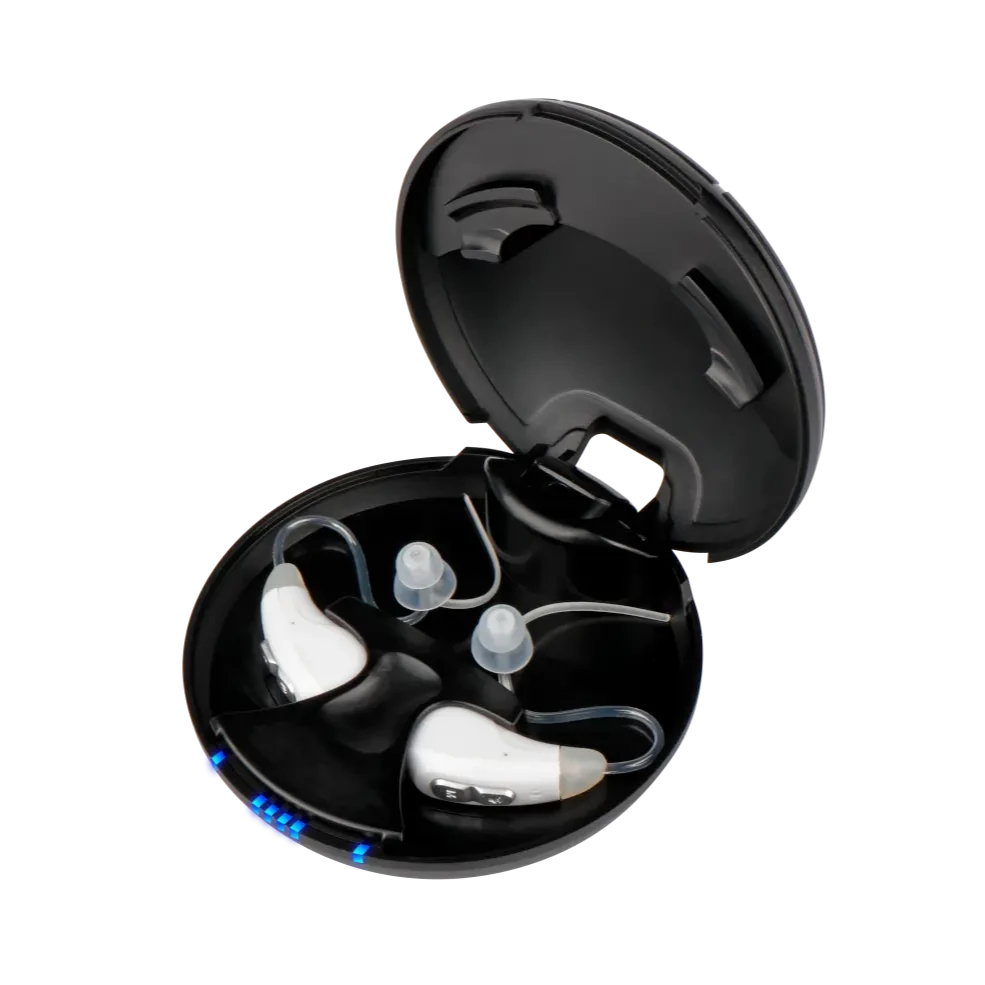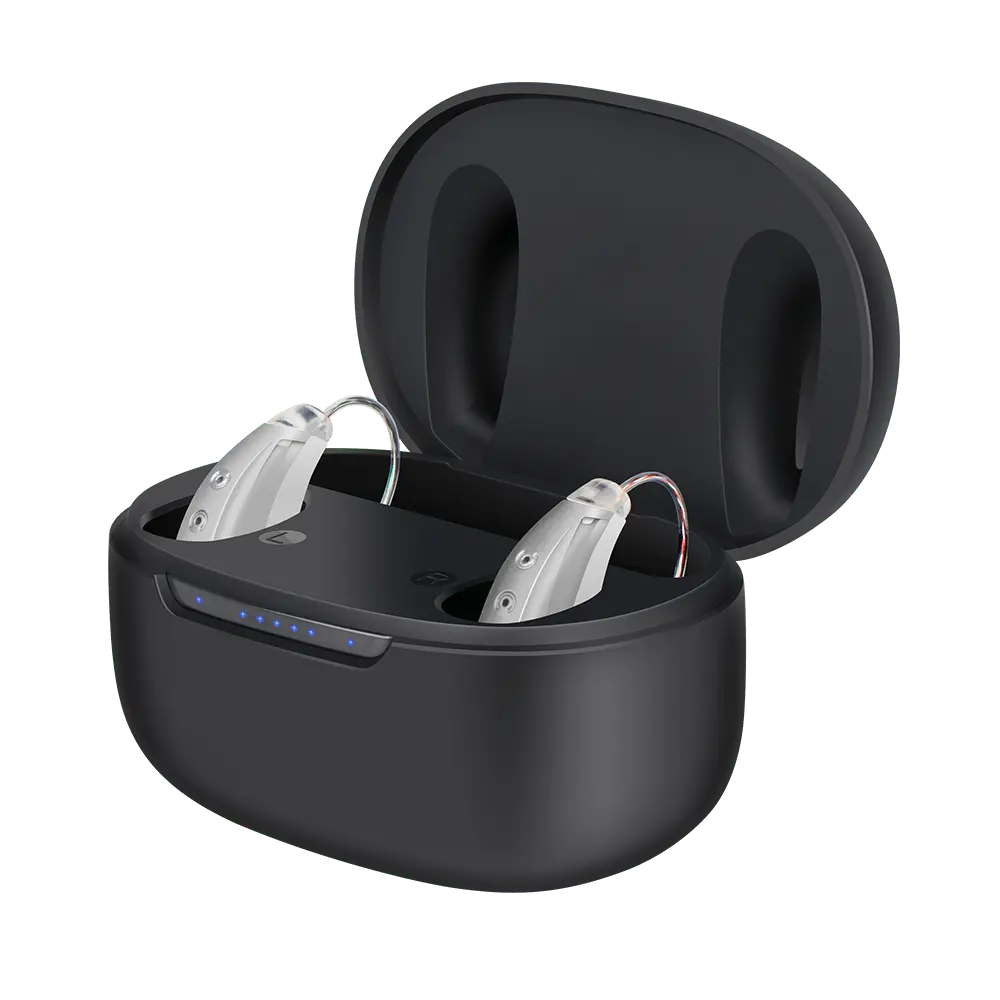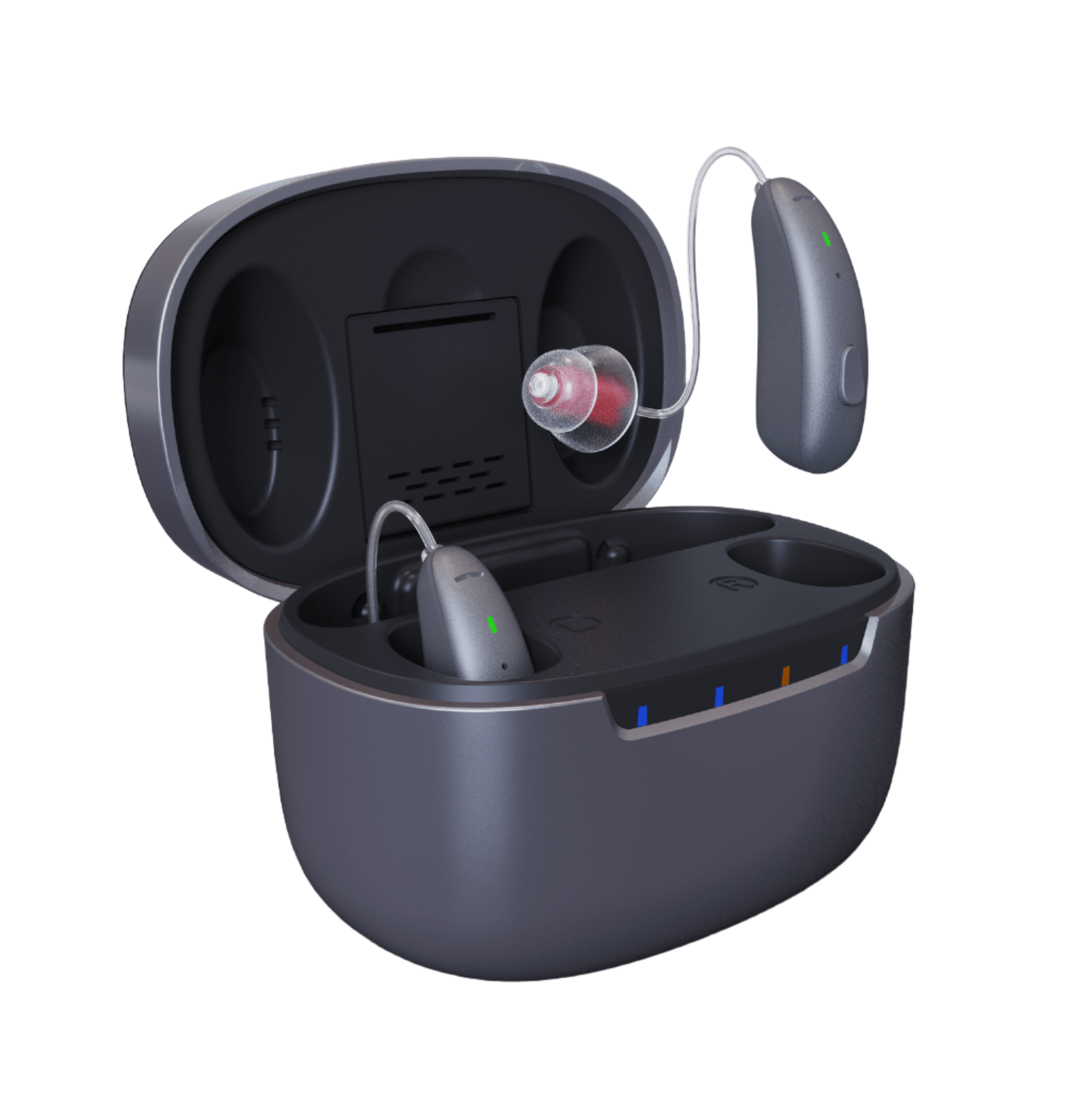Hearing aids are game-changing pieces of technology that were developed to make life easier for people who suffer from hearing loss. On the other hand, not everyone will experience the outcomes that they wish for when using them. The factors that contribute to this are many and multifaceted, ranging from the kind and degree of hearing loss to an individual's expectations and the technology that is included within the hearing aid. This article will shed light on why hearing aids may not work for everyone, helping readers understand the complexities of hearing aids so that they may make educated decisions regarding their own hearing health.
Acquiring Knowledge about Hearing Loss
Hearing loss is not a uniform ailment that affects everyone in the same way. There is a wide range of variation in terms of kind, degree, and even the frequencies that are impacted. Hearing loss may come in a variety of forms, the most frequent of which are sensorineural, conductive, and mixed.
Loss of Sensation in the Inner Ear
Damage to the hair cells in the cochlea or the auditory nerve is the most frequent cause of hearing loss. This form of hearing loss affects the majority of people. Hearing aids can sometimes be helpful by increasing the volume of sounds, but they cannot cure damaged hearing or restore normal hearing.
Hearing loss caused by conductivity
This form of hearing loss is caused by a malfunction in either the outer or the middle ear, which stops sound from reaching the inner ear. It is generally possible to repair it medically or surgically, however the method used will depend on the underlying reason. Hearing aids are often able to give considerable benefits in situations when natural hearing cannot.
Loss of hearing in both ears
This type of hearing loss refers to a mix of sensorineural and conductive hearing loss, as suggested by the name. In situations like these, the success of hearing aids is contingent on the particulars of each individual's condition.
The Expectation vs. Reality Compare and Contrast
The domain of expectations also contributes to the possibility that hearing aids may not function for everyone who tries to use them. Hearing aids are not meant to make a person's hearing as good as it was before they had them; yet, this is a common expectation among their users.
Hearing aids are designed to increase a person's ability to hear and interpret speech by amplifying sounds, particularly at the frequencies that the individual has difficulty hearing. However, they are unable to repair the inner ear hair cells that have been injured. It is essential to have reasonable expectations in order to achieve pleasure with hearing aids.
The Importance of Correctly Tailoring and Organizing Programs
Hearing aids can only function to their full potential if they are fitted correctly and if they are programmed correctly. Hearing aids can be unpleasant and may not give the desired level of amplification if their fitting is not done correctly. Adjusting a hearing aid to meet the requirements of an individual's hearing loss and lifestyle is one of the primary responsibilities of an audiologist.
The Technological Facet Of It All
Despite the enormous technological advancements that have been made in hearing aids over the years, they are not guaranteed to function properly in every circumstance. For instance, hearing aids sometimes struggle to filter out background noise, making it challenging for people who wear them to comprehend speech in places with a lot of ambient noise.
In addition, some patients with severe to profound hearing loss may discover that the amplification provided by conventional hearing aids is insufficient for their needs. Hearing aids that transmit sound through bone conduction or cochlear implants are two potential options for these kinds of patients.
Acclimatization Process
Acclimatization, which is another name for the process of becoming used to hearing aids, can also have an influence on how successful they are believed to be. When you suddenly become capable of hearing noises that you had previously been unable to, it may be very overpowering. It may take some time for the brain to adjust to once again understand these noises, and during this time, the hearing aid may not appear to be functioning as effectively as usual.
In Conclusive Statement: An Individualized Method
The question therefore becomes: why don't hearing aids work for everybody? The causes are as varied as the people who use them, beginning with the type of hearing loss they have and the expectations they have for the device, and continuing on through the process of fitting and configuring the device, as well as the limits of the technology and the acclimatization phase.
On the other hand, this does not imply that those who have trouble hearing do not have any choices. It highlights the necessity of a tailored approach to treating hearing loss, one that takes into consideration the distinctive elements of each individual's condition, lifestyle, and preferences. Individuals who have hearing loss have the ability, with the assistance of audiologists and other hearing healthcare specialists, to investigate a variety of hearing aids, assistive listening devices, and even therapy techniques in order to locate the one that addresses their unique needs in the most effective manner.
Remember that the route to greater hearing may require time and patience, but the results — better communication, increased safety, improved mental health, and a higher quality of life — are well worth the investment of both.
Acquiring Knowledge about Hearing Loss
Hearing loss is not a uniform ailment that affects everyone in the same way. There is a wide range of variation in terms of kind, degree, and even the frequencies that are impacted. Hearing loss may come in a variety of forms, the most frequent of which are sensorineural, conductive, and mixed.
Loss of Sensation in the Inner Ear
Damage to the hair cells in the cochlea or the auditory nerve is the most frequent cause of hearing loss. This form of hearing loss affects the majority of people. Hearing aids can sometimes be helpful by increasing the volume of sounds, but they cannot cure damaged hearing or restore normal hearing.
Hearing loss caused by conductivity
This form of hearing loss is caused by a malfunction in either the outer or the middle ear, which stops sound from reaching the inner ear. It is generally possible to repair it medically or surgically, however the method used will depend on the underlying reason. Hearing aids are often able to give considerable benefits in situations when natural hearing cannot.
Loss of hearing in both ears
This type of hearing loss refers to a mix of sensorineural and conductive hearing loss, as suggested by the name. In situations like these, the success of hearing aids is contingent on the particulars of each individual's condition.
The Expectation vs. Reality Compare and Contrast
The domain of expectations also contributes to the possibility that hearing aids may not function for everyone who tries to use them. Hearing aids are not meant to make a person's hearing as good as it was before they had them; yet, this is a common expectation among their users.
Hearing aids are designed to increase a person's ability to hear and interpret speech by amplifying sounds, particularly at the frequencies that the individual has difficulty hearing. However, they are unable to repair the inner ear hair cells that have been injured. It is essential to have reasonable expectations in order to achieve pleasure with hearing aids.
The Importance of Correctly Tailoring and Organizing Programs
Hearing aids can only function to their full potential if they are fitted correctly and if they are programmed correctly. Hearing aids can be unpleasant and may not give the desired level of amplification if their fitting is not done correctly. Adjusting a hearing aid to meet the requirements of an individual's hearing loss and lifestyle is one of the primary responsibilities of an audiologist.
The Technological Facet Of It All
Despite the enormous technological advancements that have been made in hearing aids over the years, they are not guaranteed to function properly in every circumstance. For instance, hearing aids sometimes struggle to filter out background noise, making it challenging for people who wear them to comprehend speech in places with a lot of ambient noise.
In addition, some patients with severe to profound hearing loss may discover that the amplification provided by conventional hearing aids is insufficient for their needs. Hearing aids that transmit sound through bone conduction or cochlear implants are two potential options for these kinds of patients.
Acclimatization Process
Acclimatization, which is another name for the process of becoming used to hearing aids, can also have an influence on how successful they are believed to be. When you suddenly become capable of hearing noises that you had previously been unable to, it may be very overpowering. It may take some time for the brain to adjust to once again understand these noises, and during this time, the hearing aid may not appear to be functioning as effectively as usual.
In Conclusive Statement: An Individualized Method
The question therefore becomes: why don't hearing aids work for everybody? The causes are as varied as the people who use them, beginning with the type of hearing loss they have and the expectations they have for the device, and continuing on through the process of fitting and configuring the device, as well as the limits of the technology and the acclimatization phase.
On the other hand, this does not imply that those who have trouble hearing do not have any choices. It highlights the necessity of a tailored approach to treating hearing loss, one that takes into consideration the distinctive elements of each individual's condition, lifestyle, and preferences. Individuals who have hearing loss have the ability, with the assistance of audiologists and other hearing healthcare specialists, to investigate a variety of hearing aids, assistive listening devices, and even therapy techniques in order to locate the one that addresses their unique needs in the most effective manner.
Remember that the route to greater hearing may require time and patience, but the results — better communication, increased safety, improved mental health, and a higher quality of life — are well worth the investment of both.







